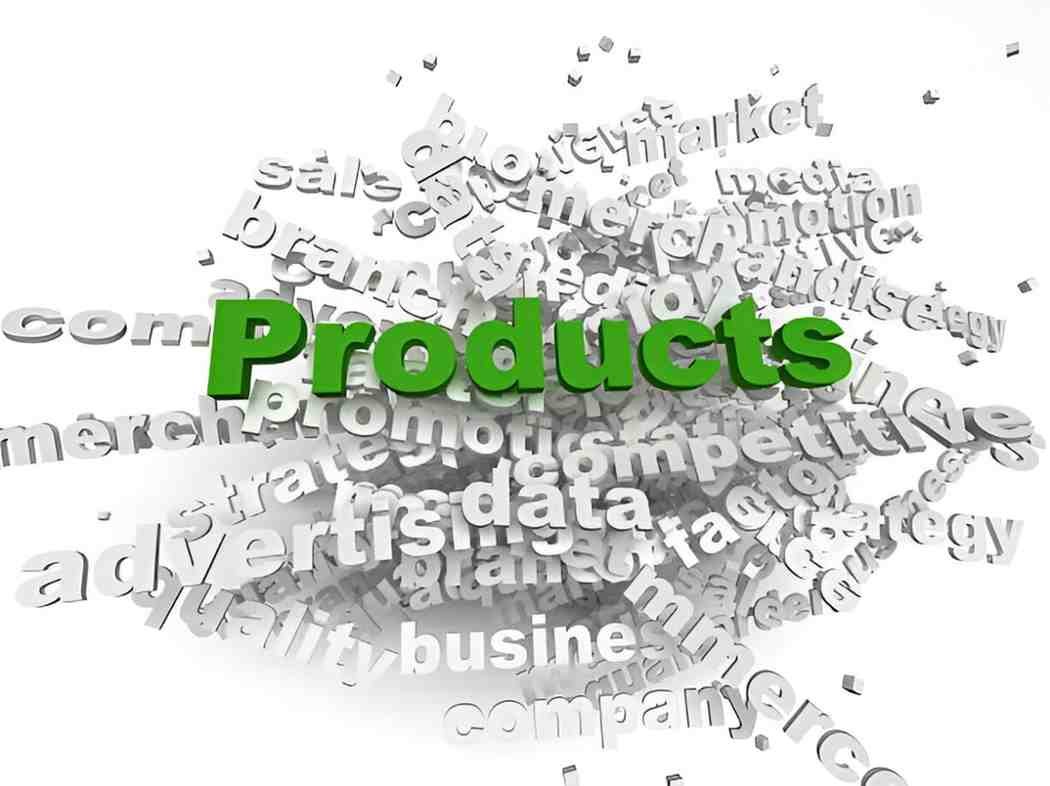Introduction
When I first started learning about consumer behavior, I kept running into the term “high-involvement products.” These are not your average toothpaste or paper towel purchases. High-involvement products are items that make you stop, think, research, compare, and sometimes even lose sleep over. Whether you’re buying a car, choosing a college, or selecting a financial product like insurance, you are navigating a high-involvement purchase. In this article, I break down everything I’ve learned about these kinds of products from both psychological and financial standpoints. My aim is to make this complex topic easy to understand for anyone beginning their journey into consumer goods and behavior analysis.
Table of Contents
What Are High-Involvement Products?
High-involvement products are goods that require significant thought before a consumer makes a purchase. These products tend to be expensive, infrequent purchases with long-term consequences. They often carry higher perceived risks and emotional investment. When I bought my first car, I spent weeks researching models, reading reviews, comparing financing options, and asking for advice. That’s a textbook example of high-involvement behavior.
Key Characteristics:
- High cost
- Long-term use
- High perceived risk
- Information-heavy decision-making
- Significant emotional investment
Let’s look at how high-involvement products compare to low-involvement ones:
| Feature | High-Involvement Products | Low-Involvement Products |
|---|---|---|
| Price | High | Low |
| Purchase Frequency | Infrequent | Frequent |
| Decision Time | Long | Short |
| Consumer Research | Extensive | Minimal |
| Perceived Risk | High | Low |
| Emotional Involvement | High | Low |
Types of High-Involvement Products
I’ve found that high-involvement goods generally fall into a few broad categories:
- Durable Goods: Cars, appliances, electronics
- Financial Products: Insurance, mortgages, retirement plans
- Services: Education, legal advice, healthcare
- Luxury Items: Designer clothes, watches, jewelry
The Psychology Behind High-Involvement Decisions
Understanding why consumers spend more time on these purchases starts with risk. Psychologists define perceived risk as the potential for loss in the pursuit of a desired outcome. In mathematical terms, I describe it using expected utility theory:
EU = \sum (p_i \times u(x_i))Here, p_i is the probability of outcome i, and u(x_i) is the utility of that outcome. When I assess high-involvement products, my goal is to maximize EU, or expected utility. This means I compare not only costs but also long-term benefits and personal satisfaction.
The Economic Impact of High-Involvement Purchases
On a national level, high-involvement consumer goods play a key role in GDP. Durable goods and high-cost services significantly contribute to consumer spending, a component of GDP:
GDP = C + I + G + (X - M)Where:
- C = Consumer spending
- I = Investment
- G = Government spending
- X - M = Net exports
High-involvement purchases fall under C, particularly in durable goods and services. For example, the purchase of a new home appliance contributes more to GDP than a box of cereal.
Real-Life Example: Car Purchase
When I bought my car, I used the following cost-benefit analysis:
- MSRP: $28,000
- Insurance (annual): $1,200
- Loan interest (5 years at 4% APR):
Using the formula for loan interest:
A = P \times \frac{r(1+r)^n}{(1+r)^n - 1}Where:
- A = Monthly payment
- P = Principal = $28,000
- r = Monthly interest rate = 0.04/12
- n = Total payments = 60
Plugging in values:
A = 28000 \times \frac{0.00333(1+0.00333)^{60}}{(1+0.00333)^{60} - 1} \approx 516.67So over five years, I’d pay 516.67 \times 60 = 31,000.20, making interest costs around $3,000.
Consumer Decision Journey
Based on my experience, consumers typically follow this journey for high-involvement goods:
- Problem Recognition: Realizing a need or desire
- Information Search: Researching options
- Evaluation of Alternatives: Comparing brands, prices, features
- Purchase Decision: Selecting the best option
- Post-Purchase Evaluation: Satisfaction or buyer’s remorse
This decision path is longer and more complicated than that for low-involvement products, which often skip straight to purchase.
Marketing Strategies for High-Involvement Goods
I’ve observed that marketers approach high-involvement goods differently. They use informative, transparent, and trust-building tactics:
- Detailed product descriptions
- Customer reviews
- Comparisons and demonstrations
- Risk-reducing measures (warranties, money-back guarantees)
They also use what’s called the Elaboration Likelihood Model (ELM). When involvement is high, consumers process information through the central route, meaning they are more likely to be persuaded by logical arguments rather than emotional appeals.
Illustration: Education as a High-Involvement Service
Choosing a college is one of the most complex high-involvement decisions I’ve made. Here’s how it broke down:
| Factor | Option A (Public University) | Option B (Private College) |
|---|---|---|
| Tuition (4 years) | $40,000 | $120,000 |
| Graduation Rate | 65% | 85% |
| Avg. Starting Salary | $55,000 | $70,000 |
To evaluate ROI (Return on Investment):
For Option A: ROI = \frac{55,000 - 40,000/4}{40,000} = 1.125 or 112.5%
For Option B: ROI = \frac{70,000 - 120,000/4}{120,000} = 0.7083 or 70.83%
Even though the private school had a higher starting salary, the public university offered a better ROI. That’s how I made my final decision.
Risks and Mitigation
With high-involvement products, perceived risks are real. They include:
- Financial Risk: Overspending or poor investment
- Functional Risk: Product not meeting expectations
- Social Risk: Perception by peers
- Psychological Risk: Internal regret or anxiety
I always mitigate these risks by:
- Reading third-party reviews
- Consulting experts
- Using cost-benefit and break-even analyses
- Trying trial versions if available
Break-Even Analysis Example
Suppose I’m deciding between two air conditioners:
- Option A: $400 upfront, $50/year energy cost
- Option B: $250 upfront, $90/year energy cost
To find the break-even point:
Let x be the number of years.
400 + 50x = 250 + 90xSolving:
150 = 40x \Rightarrow x = 3.75So after 3.75 years, Option A becomes the cheaper choice.
The Role of Branding
Branding plays a significant role in high-involvement purchases. While I value price and function, a trusted brand often sways my final choice. Brands serve as heuristics—shortcuts to decision-making. If a brand has consistently delivered quality, I’m more likely to trust them for a high-cost purchase.
Final Thoughts
High-involvement products require more than just money—they demand time, thought, and emotional bandwidth. In my experience, being methodical and informed pays off. From a financial standpoint, I always consider opportunity cost, expected utility, ROI, and break-even points. Psychologically, I account for risk and emotional comfort. Whether I’m choosing a college, buying a car, or picking health insurance, I make sure each decision aligns with both my needs and my long-term goals.





